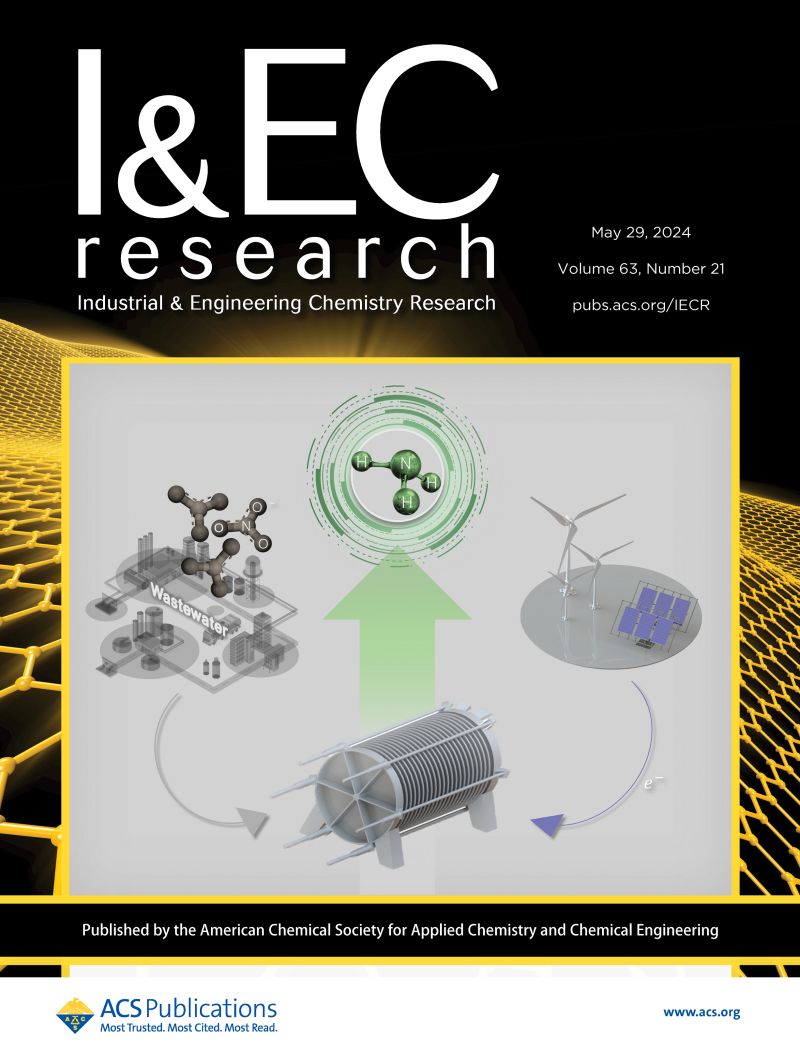掌握材料见解:先进的表征技术
IF 3.9
3区 工程技术
Q2 ENGINEERING, CHEMICAL
引用次数: 0
摘要
本文综述了先进表征方法在材料科学中的作用,重点介绍了这些方法在结构复合材料、储能材料和半导体中的应用。扫描电子显微镜(SEM)、透射电子显微镜(TEM)、x射线衍射(XRD)和傅里叶变换红外光谱(FTIR)等方法的结合极大地帮助了这些材料复杂的化学和结构特征的发现。了解材料在操作环境下的热稳定性和行为对于最大限度地提高性能至关重要。热重分析(TGA)和差示扫描量热法(DSC)等技术进一步促进了这一认识。就地和操作表征技术变得越来越重要的一个关键领域是对储能装置的研究。研究人员可以通过监测工作条件下的实时材料变化,获得对降解机制和失效点的宝贵见解。当光谱学和显微镜一起使用时,可以更好地理解材料的热、化学和结构特性之间的相互作用。本研究的重点是将高通量筛选与机器学习(ML)和人工智能(AI)相结合的材料表征趋势。人工智能可以通过使用复杂方法产生的大量数据集来提高材料发现的准确性和速度,从而缩短从构思到实施所需的时间。研究人员可以使用这种数据驱动的方法更好地预测材料的行为,特别是在难以通过实验复制的操作或严重情况下。材料科学领域的研究人员已经得出结论,改进表征方法对该领域的未来发展至关重要。关键将是集成几种分析类型的多维和混合方法。此外,研究和预测下一代材料的行为,特别是那些用于储能、半导体技术和纳米复合材料的材料,将在很大程度上依赖于人工智能驱动的研究。由于这些进步,创造可持续、高性能材料的新机会将会出现。本文章由计算机程序翻译,如有差异,请以英文原文为准。

Mastering Material Insights: Advanced Characterization Techniques
The function of advanced characterization methods in materials science is discussed in this review article, which primarily focuses on how these methods are used in structural composites, energy storage materials, and semiconductors. Discovering the intricate chemical and structural features of these materials has been greatly aided by the combination of methods like scanning electron microscopy (SEM), transmission electron microscopy (TEM), X-ray diffraction (XRD), and Fourier-transform infrared spectroscopy (FTIR). Understanding materials’ thermal stability and behavior under operating settings is essential for maximizing performance. Technology such as thermogravimetric analysis (TGA) and differential scanning calorimetry (DSC) have further contributed to this understanding. A key area where in situ and operando characterization techniques are becoming increasingly important is the study of energy storage devices. Researchers can gain invaluable insights into degradation mechanisms and failure points by monitoring real-time material changes under working conditions. The interaction of a material’s thermal, chemical, and structural characteristics can be better understood when spectroscopy and microscopy are used together. This study focuses on a significant material characterization trend involving combining high-throughput screening with machine learning (ML) and artificial intelligence (AI). AI can shorten the time it takes from ideation to implementation by improving the accuracy and speed of material discovery using massive data sets produced by sophisticated methods. Researchers can better anticipate material behavior using this data-driven method, particularly in operational or severe situations that are hard to replicate experimentally. Researchers in the field of materials science have concluded that improving characterization methods is crucial to the field’s future progress. Critical will be multidimensional and hybrid approaches that integrate several types of analysis. In addition, studying and forecasting the behavior of next-gen materials, especially those used in energy storage, semiconductor technology, and nanocomposites, will rely heavily on AI-driven research. New opportunities for creating sustainable, high-functioning materials will arise because of these advancements.
求助全文
通过发布文献求助,成功后即可免费获取论文全文。
去求助
来源期刊

Industrial & Engineering Chemistry Research
工程技术-工程:化工
CiteScore
7.40
自引率
7.10%
发文量
1467
审稿时长
2.8 months
期刊介绍:
ndustrial & Engineering Chemistry, with variations in title and format, has been published since 1909 by the American Chemical Society. Industrial & Engineering Chemistry Research is a weekly publication that reports industrial and academic research in the broad fields of applied chemistry and chemical engineering with special focus on fundamentals, processes, and products.
 求助内容:
求助内容: 应助结果提醒方式:
应助结果提醒方式:


